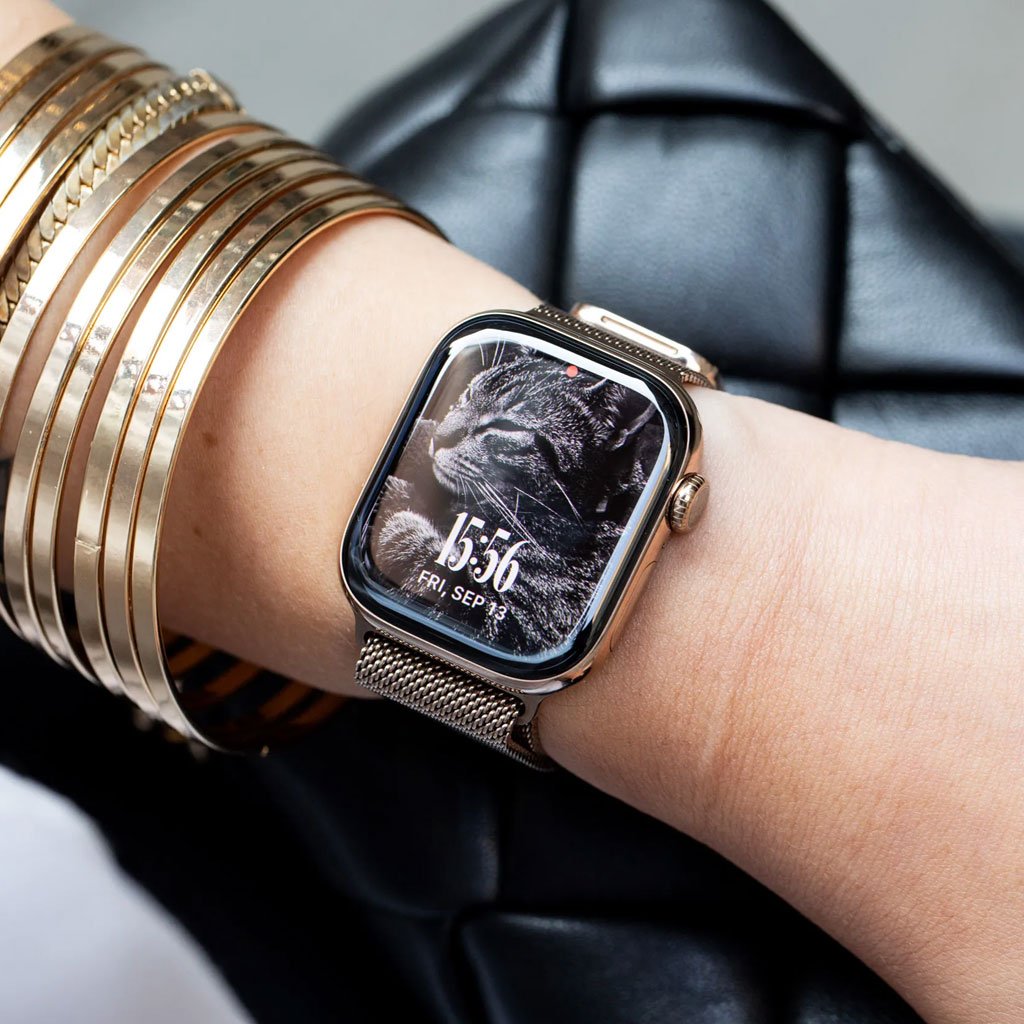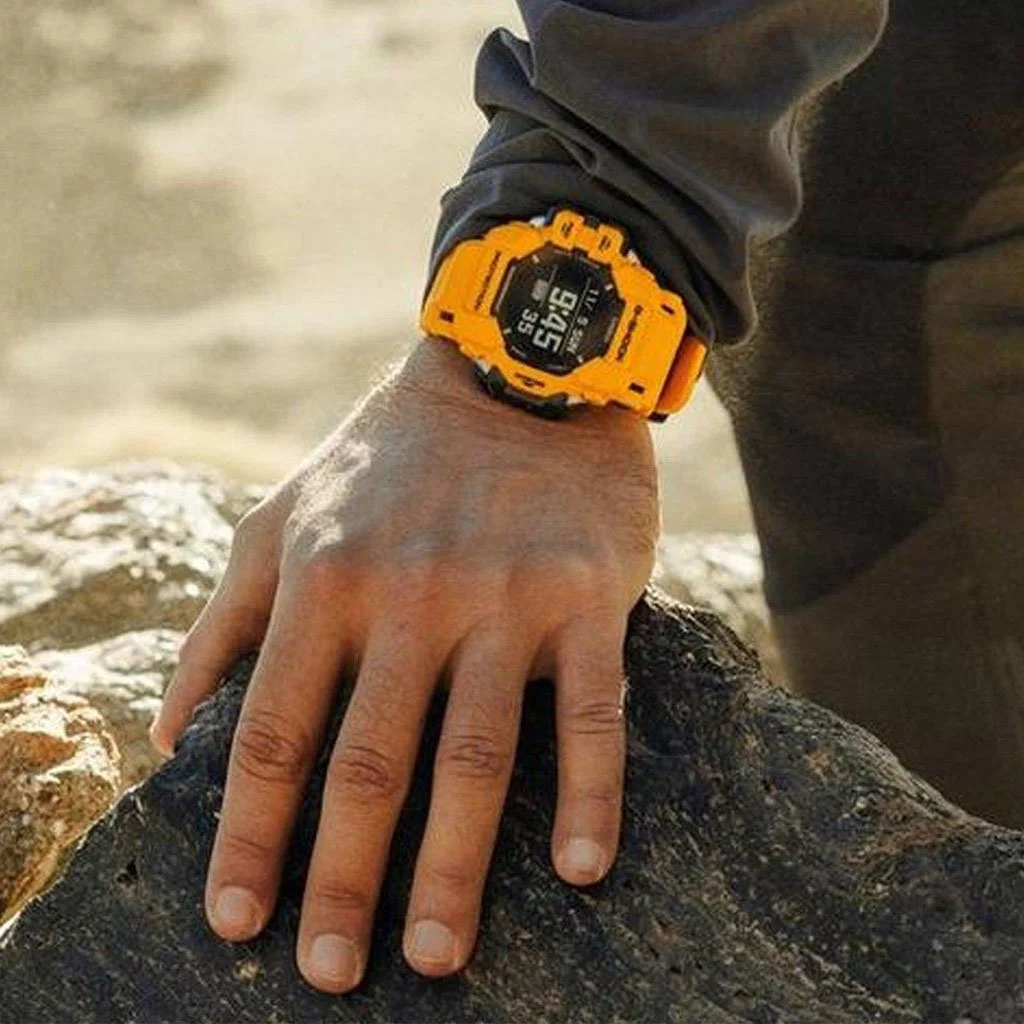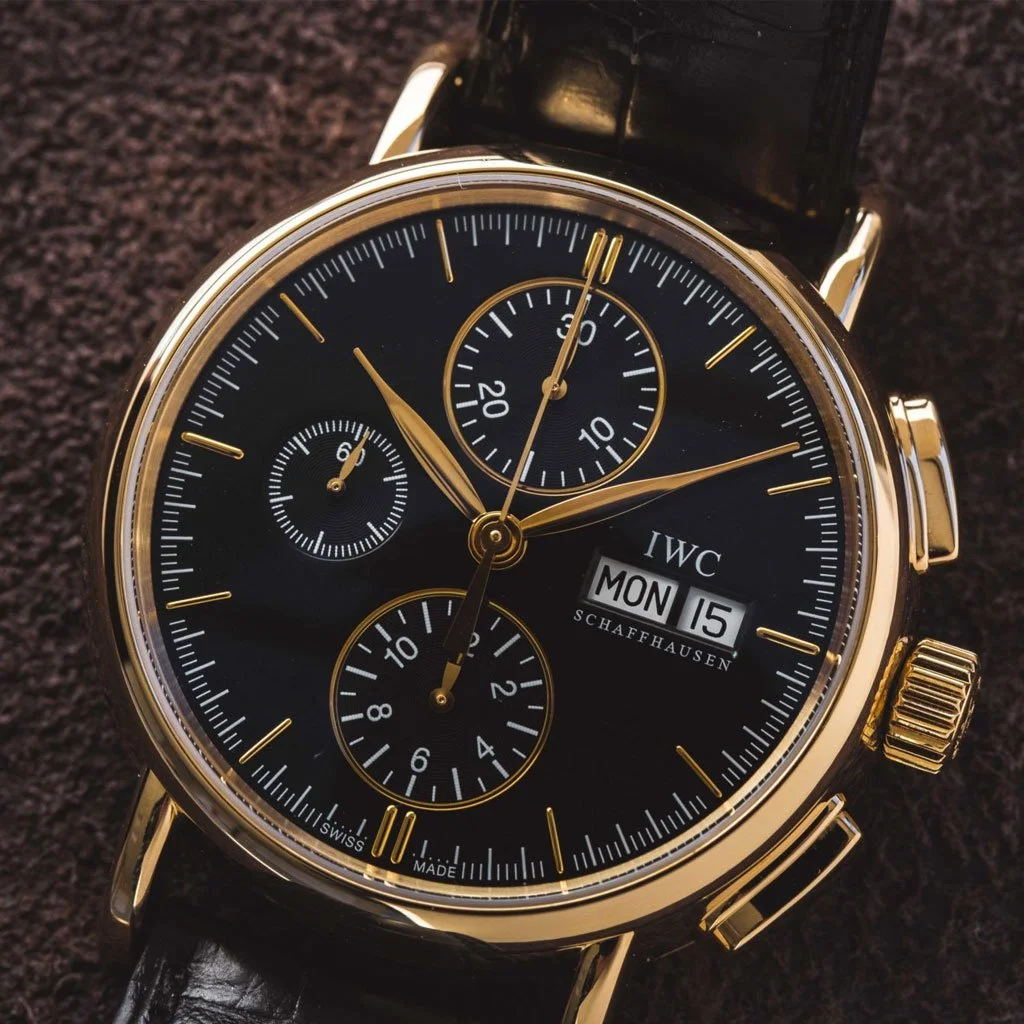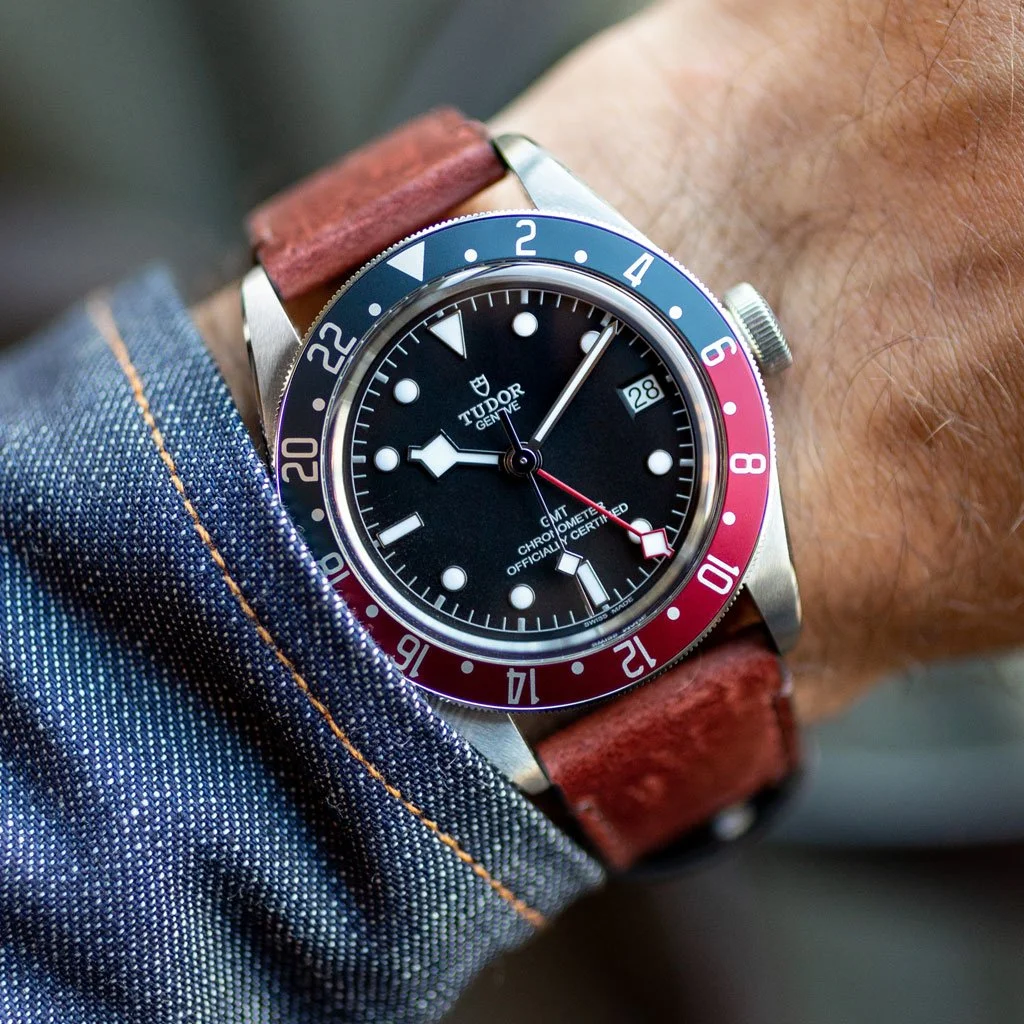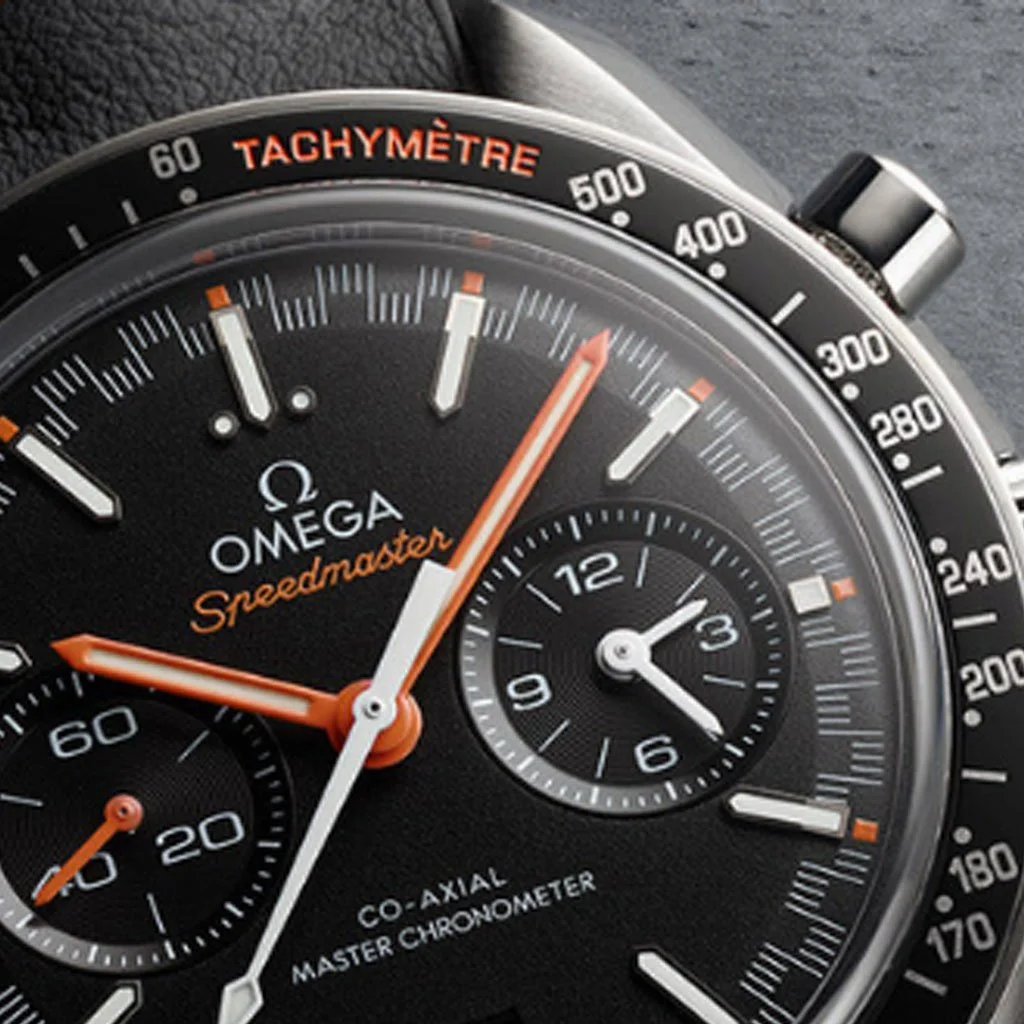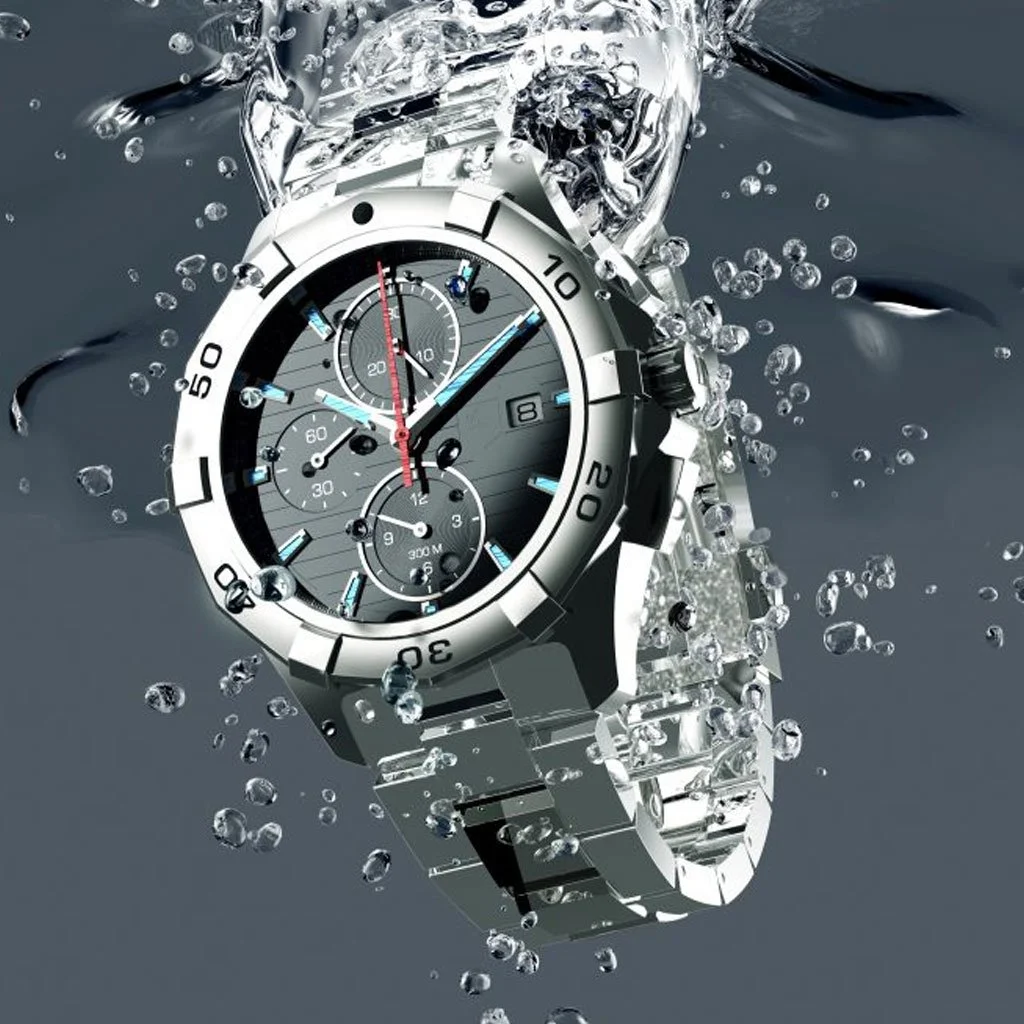The Ticking Compass: A Guide to Navigating the World of Watches
The humble wristwatch, once a mere tool for timekeeping, has evolved into a multifaceted expression of style, status, and technical prowess. Embarking on the journey of watch acquisition can be daunting, a labyrinth of movements, materials, and functionalities. This essay aims to serve as your compass, guiding you through the essential elements of watch buying, with illustrative examples to illuminate the path.
The First Step: Defining Your Purpose and Style
Before delving into the intricacies of watch mechanics, it's crucial to define your needs and aesthetic preferences. Are you seeking a robust companion for outdoor adventures, an elegant statement piece for formal occasions, or a technological marvel for daily use? This fundamental question will dictate the type of watch that best suits your lifestyle.
For the Adventurer
Consider a dive watch like the Seiko Prospex "Turtle". Its robust construction, high water resistance (often 200m+), and luminous markers make it ideal for underwater exploration and rugged environments. Alternatively, a field watch like the Hamilton Khaki Field Mechanical offers a classic, military-inspired design with a durable build, perfect for outdoor activities.
For the Formal Occassion
A dress watch embodies understated elegance. The Nomos Tangente exemplifies this with its minimalist design, thin profile, and manual-winding mechanical movement. A more classic example would be a Longines Flagship Heritage.
For the Tech Enthusiast
A smartwatch like the Apple Watch Series 10 or the Garmin Fenix 7 provides many features, including fitness tracking, notifications, and connectivity, seamlessly integrating technology into your daily life.
For the Pilot/Travelling Professional
A GMT watch such as the Rolex GMT-Master II or a more affordable option like the Seiko 5 GMT, allows the wearer to track multiple time zones simultaneously.
Unraveling the Heart: Understanding Watch Movements
The movement, the engine of the watch, dictates its accuracy, maintenance requirements, and overall character.
Quartz Movements
These battery-powered movements, exemplified by watches like the Casio G-Shock, offer exceptional accuracy and low maintenance. They are reliable and affordable, making them ideal for everyday wear.
Mechanical Movements
These intricate mechanisms, powered by a mainspring, are revered for their craftsmanship and heritage. Watches like the Omega Speedmaster Professional "Moonwatch" (manual winding) or the Rolex Submariner (automatic winding) showcase the beauty and complexity of mechanical movements. Automatic movements utilise the wearer’s wrist motion to wind the mainspring, manual movements require hand winding.
Solar Movements
These movements are powered by light and are a very good option for someone who wants a reliable watch that requires minimal maintenance. A good example would be a Citizen Eco-Drive.
The Window to Time: Exploring Watch Crystals
The crystal, the protective covering over the dial, determines the watch's scratch resistance and clarity.
Acrylic
Crystals
Found in more affordable or vintage watches, they are impact-resistant but prone to scratches.
Mineral Crystals
Hardened glass, offers a balance between scratch resistance and affordability.
Sapphire Crystals
The most scratch-resistant option, used in high-end watches, provides exceptional clarity and durability.
Beyond Time: Understanding Watch Functions
Beyond simply telling time, watches offer a range of functionalities to enhance their utility.
Chronographs
For measuring elapsed time, as seen in the Tag Heuer Carrera.
Date/Day-Date
For displaying the date or day and date, a common feature in many watches.
GMT/World Timers
Tracking multiple time zones is essential for travellers.
Tachymeters
For measuring speed, often found in racing-inspired watches.
Water Resistance
An essential consideration for any watch, ranging from splash-resistant (30m) to deep-sea diving capabilities (300m+).
The Final Considerations: Fit, Comfort, and Brand Reputation
The perfect watch should not only meet your needs but also fit comfortably on your wrist and reflect your personal style. Researching reputable brands and ensuring a proper fit are crucial steps in the buying process.
In conclusion, navigating the world of watches requires a blend of knowledge, research, and personal preference. By understanding the different types of watches, movements, crystals, functions, and water resistance, you can confidently select a timepiece that will serve you well for years to come. Ultimately, the perfect watch is the one that resonates with you, a ticking compass guiding you through the moments of your life.


